Ignore symptoms such as fatigue, shortness of breath and a productive cough of Emphysema
Over 3 million Americans suffer from emphysema, with middle-aged and older adults being the most affected. The illness is one of the main causes of death and disability. However, a lot of people are unaware of how serious emphysema is.
It needs to be given the same level of care as any other severe illness, such as cancer. However, many ignore the care they require and put up with breathing problems, according to pulmonologist Dr. Russell Buhr of the Ronald Reagan UCLA Medical Center.
Also read-COPD : A Patient’s Guide to Chronic Obstructive Pulmonary Disease And Its Symptoms
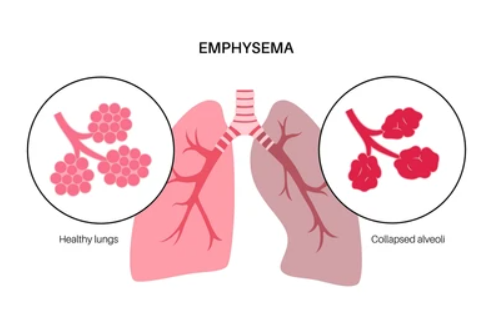
What is emphysema?
Emphysema is a progressive, incurable lung disease. It involves damage to air sacs in the lungs called alveoli. Healthy people have about 300 million of these fragile air sacs, which are gathered in clusters deep inside the lungs. We need alveoli to draw in oxygen as we breathe and send the oxygen to the blood.
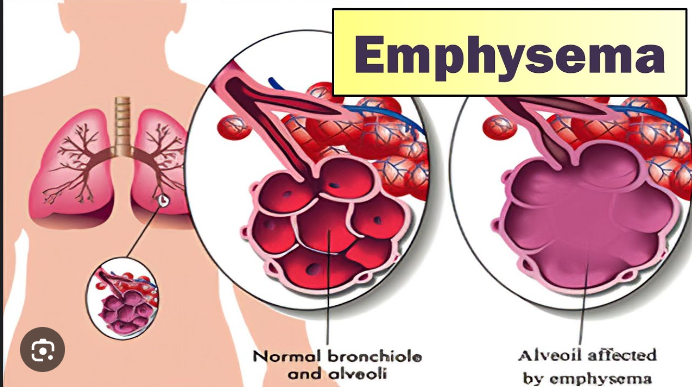
Damaged alveoli lose their elasticity and their ability to release the air you’ve inhaled. The trapped air makes it hard to exhale and get oxygen to the rest of your body. “The physiology of emphysema is that air sacs and tubes in our lungs lose their elasticity. It’s like when you have an overstretched balloon. When you deflate it, it’s floppy. The same thing happens in our lungs: They lose their elasticity from emphysema. Our lungs trap air inside of them, and they have a harder time clearing out mucus because the airways don’t function the way they’re supposed to,” Buhr says.

Types
Certain patterns or hallmarks of emphysema, such as where the disease occurs or what causes it, help doctors categorize the condition into subtypes. The three main types of emphysema include:
- Centrilobular emphysema, which occurs primarily in the upper lobes of the lung. It’s linked to exposure to smoke or coal mining dust.
- Panlobular emphysema, which occurs anywhere in the lungs and is tied to genetic mutations,.
- Paraseptal emphysema, which occurs in the outer layers of the lung and can occur in conjunction with other types of emphysema,. It can also occur on its own, typically in young adults.
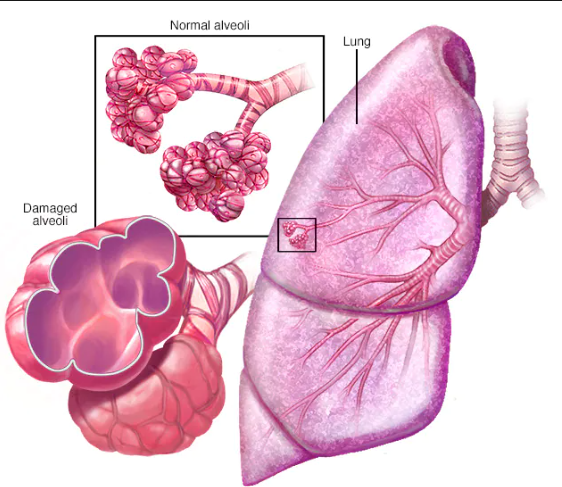
Causes
Long-term exposure to smoke (primarily from tobacco and possibly from marijuana) is the most common cause of emphysema. “It’s mostly cigarette smoking, and mostly among people who are active smokers,” Buhr says, “but strong exposure to secondhand smoke does seem to have some contribution.”
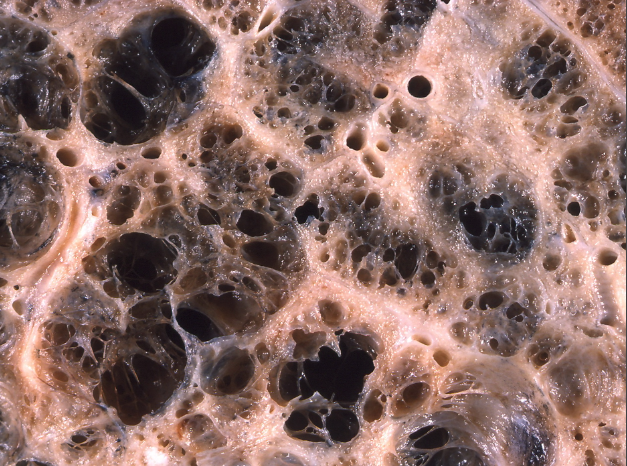
Symptoms
Emphysema symptoms usually appear gradually. People usually notice that they aren’t able to put in as much energy as they used to. Because they’re straining so hard to breathe, they might experience extreme fatigue and weight loss, according to Buhr.

Diagnosis
In addition to considering a detailed medical history and conducting a physical exam that includes listening to the lungs and measuring the amount of oxygen in your blood with pulse oximetry (a gadget placed on your finger), diagnosing emphysema involves two standard approaches.
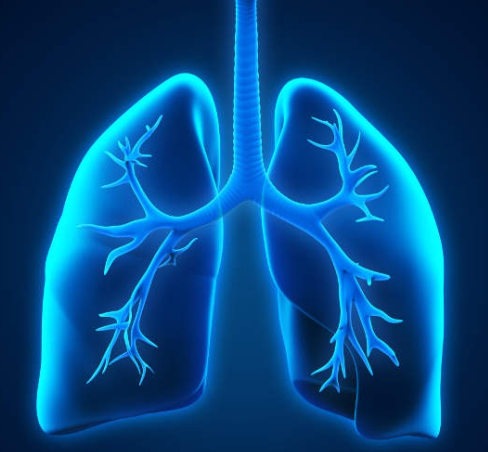
Treatment
Sergew says, “We look at a patient’s symptoms and the number of exacerbations in the past year” when determining how best to treat them. “That aids in deciding which drugs and dosages to recommend.”
The use of inhaled medications is a cornerstone of symptom management. Usually, these consist of:
- Short-acting bronchodilators (such as albuterol) relax the smooth muscles around the airway and keep the airways more open for a few hours. These medications are known as “rescue” inhalers.
- Long-acting bronchodilators that relax the muscles for up to 12 to 24 hours. These include long-acting beta-agonists (LABAs) or long-acting muscarinic antagonists (LAMAs).
- Inhaled corticosteroids reduce inflammation around the airway.

Also read-Knee Pain : A Patient’s Guide To Knee Pain And Its Symptoms
images source: Google
Disclaimer: The opinions and suggestions expressed in this article are solely those of the individual analysts. These are not the opinions of HNN. For more, please consult with your doctor




































